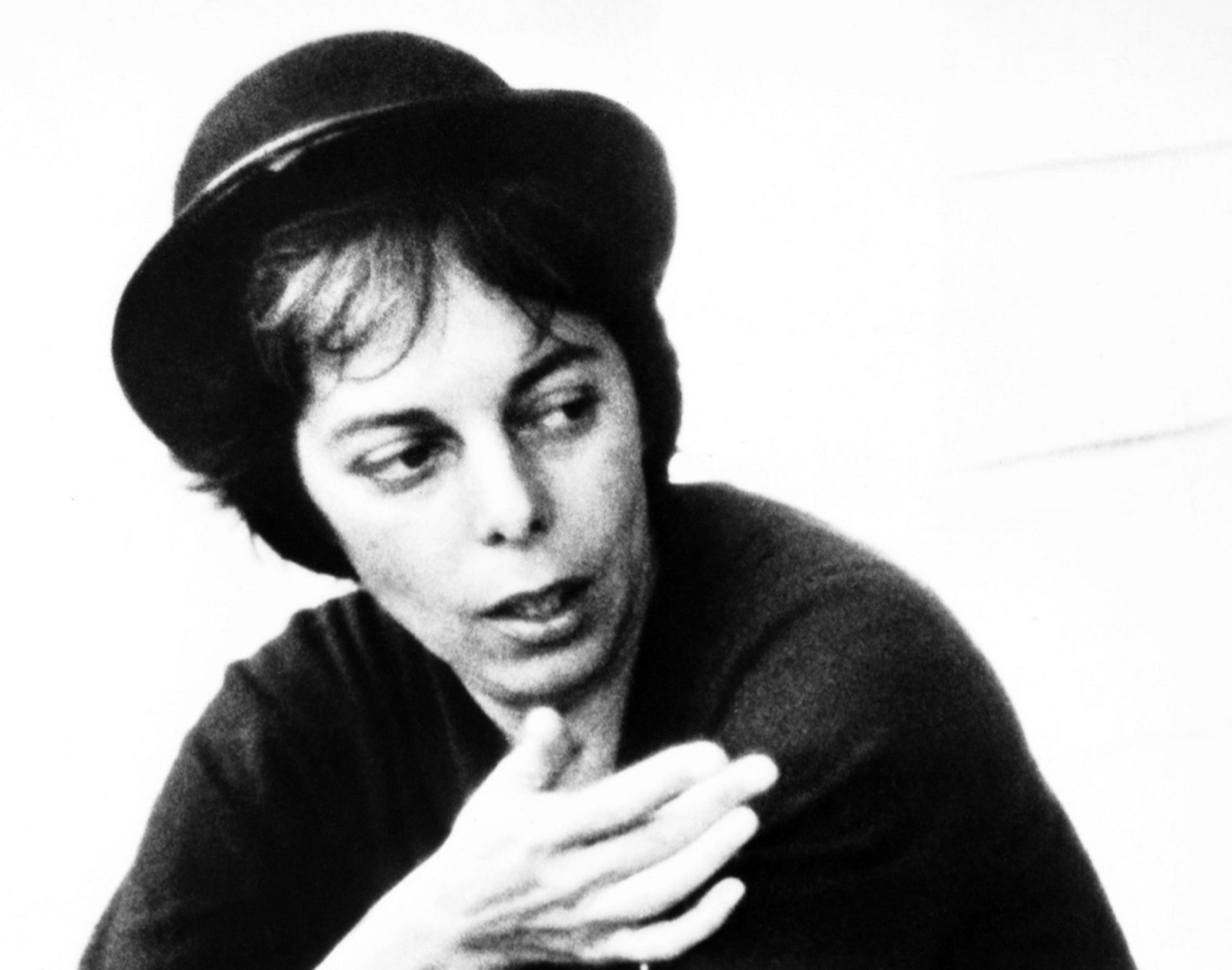The filmmaker Shirley Clarke and the EXPO of 1958

New York City born Shirley Clarke was originally a dancer. She studied with Martha Graham and worked with Hanya Holm, Doris Humphrey and Anna Sokolow. The young woman is particularly interested in the possibilities of presenting dance in film. In 1953 she gave up dancing and began making her first films, in which she tried to create dancing, flowing motion sequences using camera work and editing techniques. She calls her film style “Visual Jazz”. Her short films for the 1958 World Exposition in Brussels are a milestone in film history.
During my research at the National Archives in Washington D.C. a few years ago, good friend and researcher Elisabeth Hartjens drew my attention to some of Shirley Clarke’s film roles.
In 1957, the later Oscar-winning avant-garde filmmaker, together with a few New York colleagues, was commissioned to make 25 short films to be presented at the Brussels EXPO, which would present America as a “society in motion”. The result is a milestone in short film history. Shirley Clarke edited the silent and non-linear montages in her “visual jazz” style. She tries to create a choreography, movement and rhythm appropriate to the medium of film, i.e. the “moving image”.
The filmmaker and her colleague Donn Alan Pennebaker, who directed and worked on the camera, present a mixture of colorful, iridescent optical effects and clever resolution of motion sequences in close-up cuts. One of the most successful examples for me is “Gas Stop”. Much in this film is reminiscent of the way TV commercials were made in the golden age of TV commercials in the 1980s or 1990s. “Gas Stop” shows the refuelling and quick maintenance of a car on a highway. In the 1950s, automobility was the most important new life experience of the American middle classes. The road cruiser is still the epitome of the new freedom to overcome spatial boundaries with one’s own automobile. It is a status symbol, a measure of social progress, a mobile home.
Today, when gasoline-powered mobility is nearing its end, the film can be seen as a homage to a disappearing world. I digitally restored the film material for this copy and added a music track.
Clarke brings her experiences of choreographed dance movements into her films. American society in the postwar period was in many ways a society in motion. The economic boom brought prosperity, so social movement, dance, rock ‘n roll and jazz made the world groove. Supermarkets and shopping centers are staged as the new temples of the consumer society. Shirley Clarke brings the urge to move into her films. She made one of her first films in Paris with Martha Graham. Already in “Paris Parks” she finds her way to use film editing to thematize movement sequences.
The themes of the films had been specified by the client, the governmental organization of the State Department USIA (US Information Agency). The brief to present America in Europe as a “society on the move” is to be presented in topics such as research, mechanized industrial production, traffic, people, food production, shopping in shopping centers, energy production (by means of nuclear power), new construction of city districts, production of clothing and costumes, weather and topography, city and country or technology of traffic routes.
Pennebaker and his assistant Derek Washburn travelled the country in the summer of 1957 and sent the material to New York. They shot material for a total of twenty-three two-and-a-half-minute color loops. Clarke cuts the material for twelve short films and shoots and cuts three more loops alone. Pennebaker is responsible for one film alone. Clarke makes the cuts for the other filmmakers involved, Richard Leacock and Francis Thompson, on another four loops. Thompson, Wheather Galentine and Leacock each make one film alone.
In “Nite Lights” Clarke and Pennebaker show the dazzling colorfulness of neo-light in vibrating modern American cities.
Another example is the film “Bridges”, which Shirley Clarke shot and edited alone.
Supermarket is another short film that shows supermarket shopping, which was already normal in the USA at that time. In Europe, these shops existed only very rarely at that time. “Take enough home today” – the promise of the consumer society in which there is everything in abundance for everyone.
The shopping center shows the most modern facility of the Cash and Carry shopping centers in the run-up to American cities. Today a discontinued model because of online shopping and direct delivery, then the latest fashion. Cinematically a rather conventional resolution. This was not directed by Pennebaker. The short cut on the Sputnik Kiddy Ride ticket machine for children is interesting. The Sputnik had only been launched in October 1957 and became the symbol of the emerging space age. The showmen and ride machine shops in the USA apparently reacted immediately to the sensational event, because the film was already shot at the end of 1957 or the beginning of 1958.
The filmmakers are showing the film “Architecture” on modern American architecture.
Die EXPO von 1958
The following film shows the American pavilion at the Brussels World Exposition where the films were shown. During the tour of the pavilion, 25 screens were set up for the public, which were fed by 16mm rear projectors. The 2 1/2 minute films ran in an endless loop. For me, the Brussels World Exposition is the milestone in the popularization of the 1960s’ optimism about progress. Even the central symbol, the Atomium, stands for the promise of abundantly available atomic energy, which, according to the ideas of the people of the time, was to revolutionise all areas of life with unrivalled cheap energy. Over 41 million visitors saw the Brussels show. In the years that followed, optimism about progress continued to be fuelled by the conquest of space, culminating and ending in the moon landing in 1969.

Leave A Comment